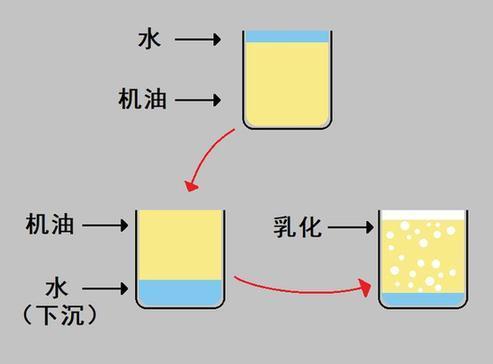李 鑫 张 琦 肖 江 卢联合 闫 杰 李兴旺 陈志海 (1.北京地坛医院首都医科大学传染病学研究所,北京 100015;2清华大学医院,北京 100084)
摘要 〔目的〕通过对首都空港口岸部分入境人员发热原因的分析,探讨入境人员发热原因构成及临床特点,为今后输入性传染病监测、诊治工作提供相关依据。〔方法〕甲型H1N1流感期间,收集首都空港口岸筛查后转入北京地坛医院诊治的552例入境发热病例的流行病学史、临床症状、体征、实验室检查及诊疗结果等资料,对资料进行回顾性分析。〔结果〕552例发热病例中,上呼吸道感染者占87.9%,其中2.5%被确诊为甲型H1N1流感;感染性腹泻、疟疾、结核性胸膜炎、登革热、传染性单核细胞增多症、艾滋病、水痘、淋巴瘤等共占4.9%;一过性生理发热占7.2%。〔结论〕入境人员发热原因,以上呼吸道感染为主,应将来自于疫区的入境人员列为传染病监测的重点人群。另外,入境人员可因长途旅行出现生理性发热,应与病理性发热加以甄别,减少医疗资源浪费。
关键词 入境人员;发热;原因;临床特点;国际机场;口岸;分析
〔中图分类号〕 R511.7 〔文献标识码〕 B
Analysis on Etiology and ClinicalCharacteristics of Fever among Entry Personnel at BeijingInternational Airport Li Xin1,Zhang Qi2, Xiao Jiang1,Lu Lianhe1,Yan Jie1, Li Xingwang1,Chen Zhihai1 (1.Beijing DitanHospital, Institute of Infectious Diseases, Capital MedicalUniversity,Beijing ,100015, China; 2.Tsinghua University Hospital,Beijing 100084, China.)
[Abstract] Objective To study the etiology and clinicalcharacteristics of fever among entry personnel, and to provideguideline for the diagnosis, treatment and the surveillance ofinfectious diseases for entry individuals in the future. Method The epidemiological data, clinical symptoms andsigns, laboratory tests and diagnostic and therapeutic results in552 screening cases hospitalizing in Ditan Hospital were collectedand studied retrospectively. Result In 552screening cases, 87.9% of patients got upper respiratory tractinfection, 2.5% of which were caused by laboratory-confirmed influenza A(H1N1) virus infection. 4.9% of patients gotinfectious diarrhea, malaria, tuberculous pleurisy, dengue fever,monocytic angina, AIDS, chickenpox, lymphoma, mastitis andpericoronitis; and 7.2% of patients got physiological fever.Conclusion We found that fever in entryindividuals mainly got upper respiratory tract infection; and entryindividuals in pandemic areas should be priority formonitoring. We also found physiological fever resulting from longdistance journey, which should be differentiated from pathologicalfever.
[Key words] Entrypersonnel;Fever;Reason;Clinical features; International airport;Port; Analysis

 您当前位置:
您当前位置:





